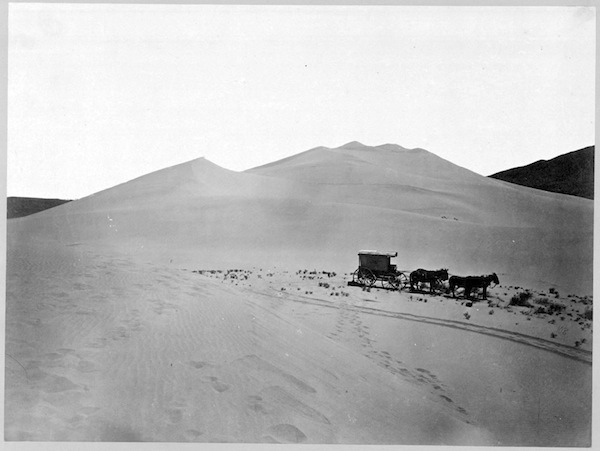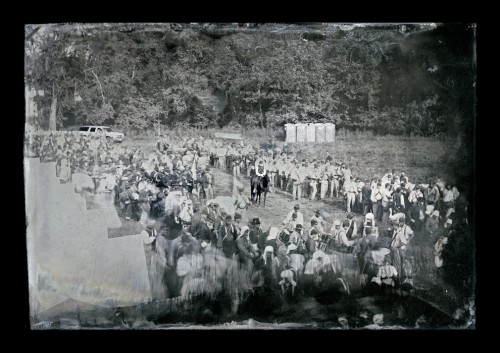If you live in the LA area, and are reading this, you have until January 14th to get yourself to the Huntington. There’s an exhibition of Civil War photos that sounds excellent.
The Strange and Fearful Interest exhibition at The Huntington isn’t just a collection of portraits, it’s a photographic journey through the Civil War, and most especially the aftermath of the Civil War, when the nation struggled to understand what we had done to ourselves and each other.
Key moments captured in the exhibition include scenes of carnage at Antietam — a battle in which 23,000 men died in one day, Lincoln’s assassination, personal grief, collective mourning, and finally, a sense of reconciliation.
The Huntington’s extensive collection of Civil War photography started with Henry Huntington himself, when he purchased three major collections of Abraham Lincoln materials, including work by war photographers Mathew Brady, Timothy O’Sullivan, George Barnard, and others. These form the basis of the 200 images on display at the Boone Gallery.
via A Strange and Fearful Interest : A Unique Look at the Civil War – San Marino, CA Patch.




